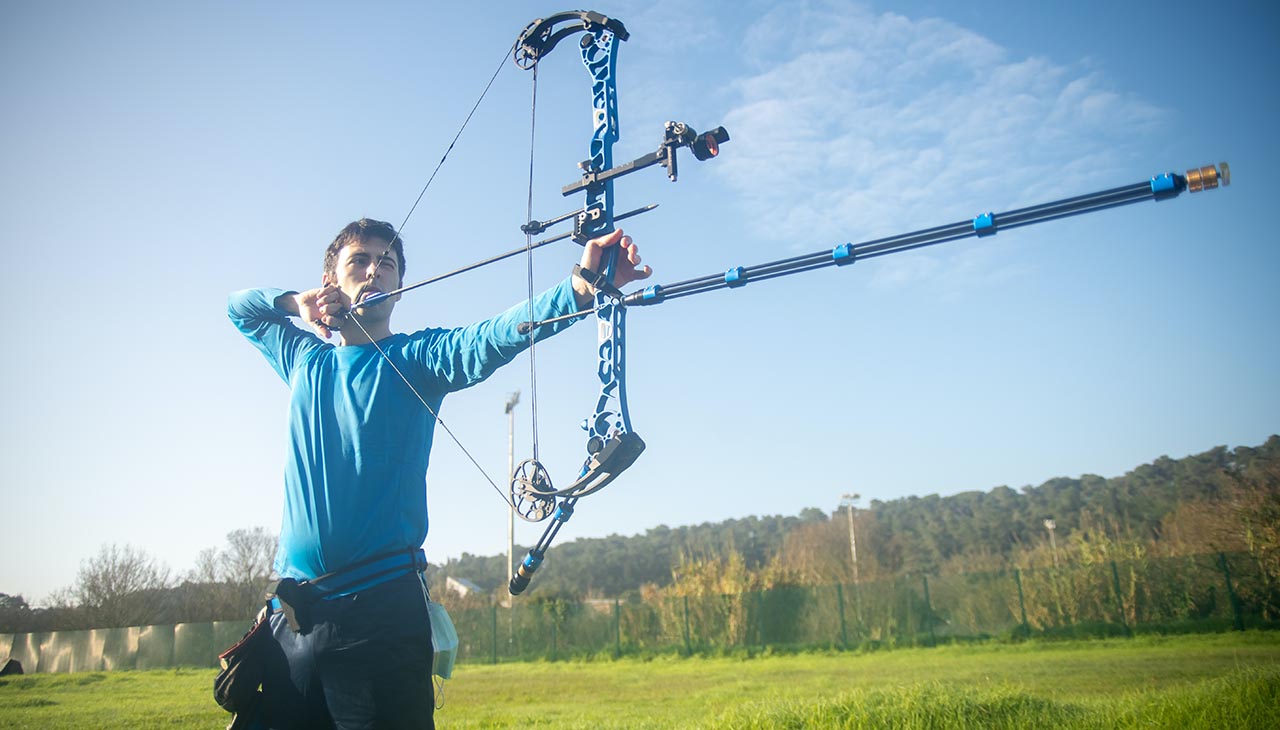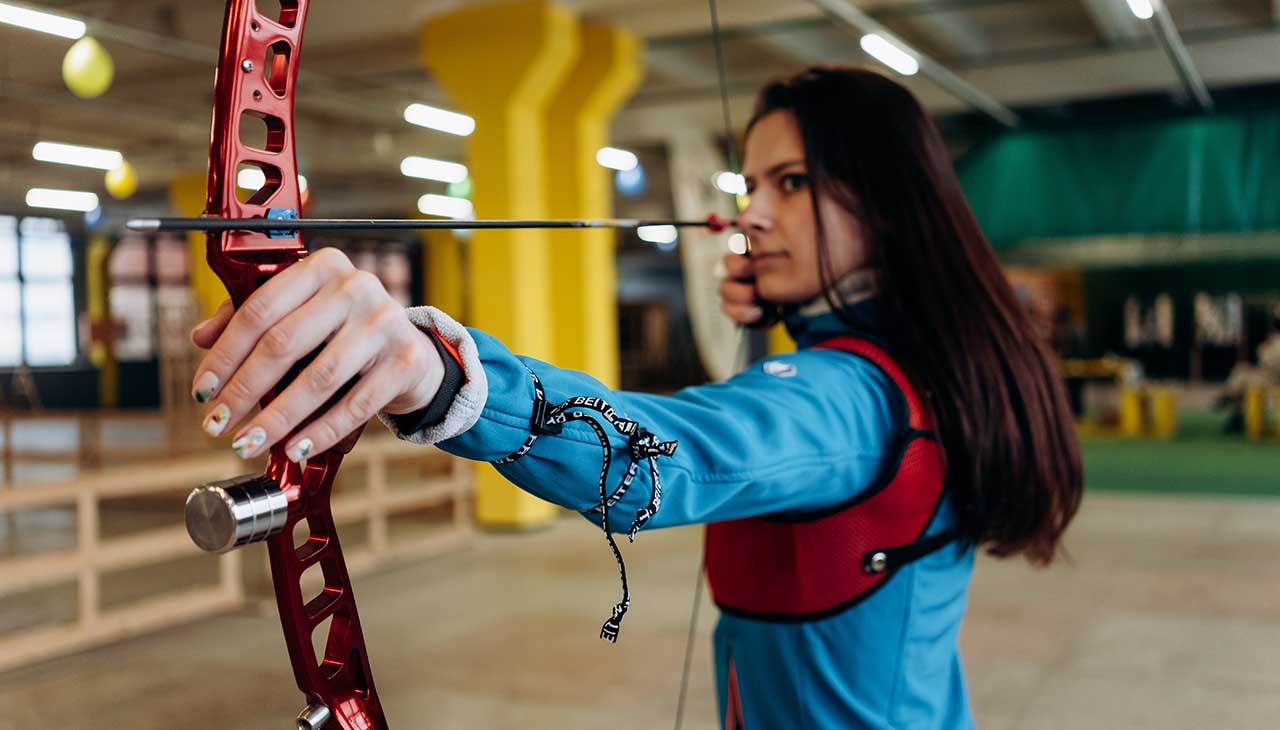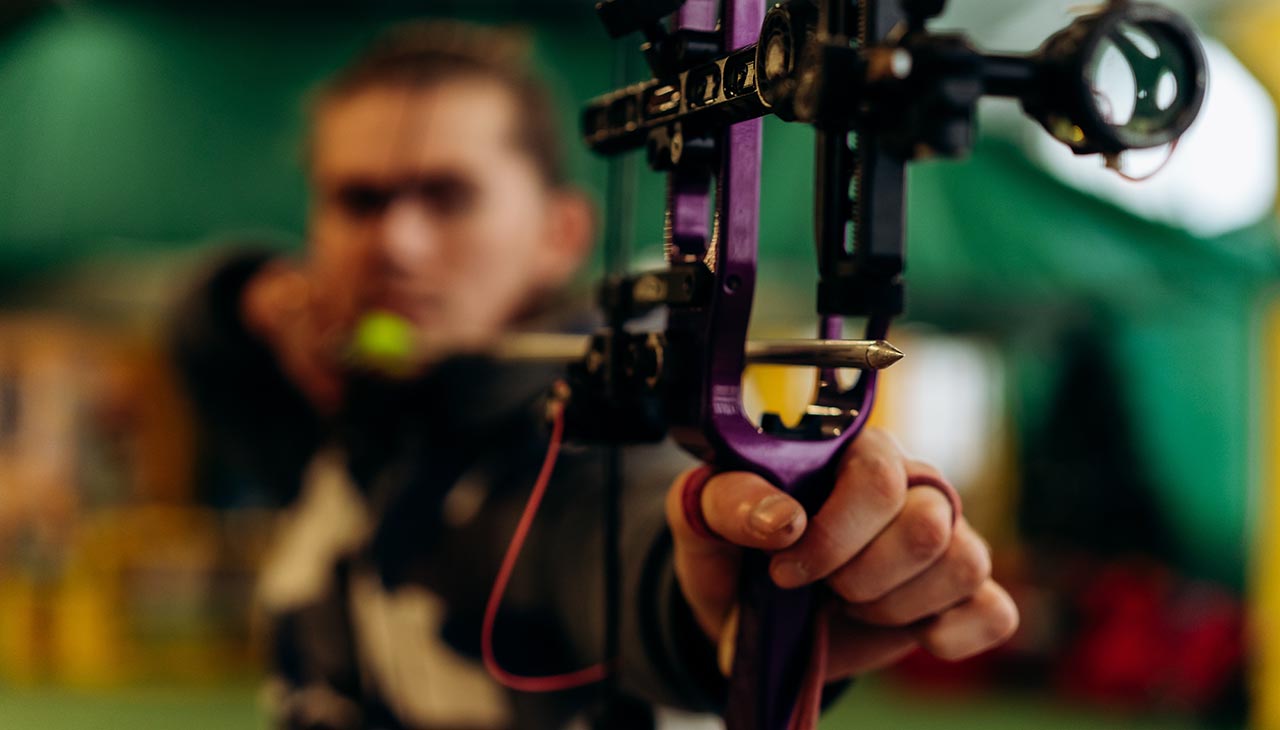Making a simple wooden crossbow at home can be a fun and rewarding project. This medieval weapon, which played a significant role in warfare for centuries, can be recreated using simple materials and basic tools. Whether for a history project, hobby, or just to learn some woodworking skills, this guide will walk you through the steps to create your very own functional crossbow. Please note that although this homemade crossbow can shoot projectiles, it should be used responsibly and safely, keeping it out of reach of children and always pointed in a safe direction.
1. Gather Materials
For this project, you’ll need some basic materials and tools that can be found in most hardware stores or possibly lying around your home. These include:
- A piece of hardwood is 1-2 inches wide, 1/2 inch thick and 2 feet long for the stock.
- A smaller piece of hardwood is 1/2 inch wide, 1/2 inch thick and 2 feet long for the prod (the bow part of the crossbow).
- A piece of dowel rod around 5/16 inch in diameter and 2 feet long for the crossbow bolt.
- A strong piece of cord or string, approximately 3 feet long for the bowstring.
- Two small blocks of wood serve as the sight and the trigger.
- A handful of small nails or screws for assembly.
- Wood glue for extra stability in your joinery.
- Basic woodworking tools including a saw, drill, and hammer.
Once you’ve gathered these materials, you’re ready to start building your crossbow.
2. Prepare the Wood
Start by taking the large piece of hardwood, which will serve as the stock of your crossbow. Measure and mark a spot about 6 inches from one end – this will be the front of your crossbow, where the prod will be placed. Cut a small groove about 1/2 inch deep here to accommodate the prod.
Next, take the smaller piece of hardwood for the prod. It should be slightly flexible but strong. Carve it into a slight curve – this will give your crossbow its shooting power. Ensure both ends taper down to be thin enough to securely attach your bowstring.
Finally, take the dowel rod and carve it into a simple bolt. It should be straight, with a pointed end for the tip and a notch at the other end for the bowstring. Remember to handle all tools responsibly while working on these steps.
3. Attach the Dowels
To attach the dowels, insert one dowel into the holes drilled at the end of each arm. These dowels will serve as the crossbow’s prod, the part that bends when the bow is drawn. Ensure that the dowel fits snugly into the holes; if it’s too loose, you can use some glue to secure it. Repeat this process with the second dowel at the opposite end of the arms. Make sure that the dowels are parallel to each other. Once attached, your crossbow should now have a basic ‘T’ shape.
4. Create a Trigger
Creating a trigger involves working with smaller pieces of wood, so handle your tools with caution. Start by cutting a piece of the remaining wooden plank into a 5-inch length. This piece will serve as the trigger. Drill a hole through one end of the trigger piece, approximately 1 inch from the edge. Then, position the trigger at the center of the crossbow frame, with the drilled hole pointing towards the top dowel. Drill a corresponding hole in the dowel that aligns with the hole in the trigger. Secure the trigger to the crossbow frame using a nail or screw, ensuring that it can pivot at the joint. This pivoting action will allow you to load and release the bowstring, launching your crossbow’s projectiles.
5. Add a String
To add the string, first, ensure that your crossbow is facing down. Then, take your string or twine and attach it to one end of the dowels, tying it securely. Stretch the string across to the other dowel, making sure it’s tight and straight. Once you’ve ensured the string’s tautness, tie it securely to the other dowel. The string needs to be strong enough to withstand the force of launching a projectile, so ensure that it is sturdy and well-secured. This completes your basic wooden crossbow. Remember to use it safely.
6. Test and Adjust
At this stage, your homemade wooden crossbow should be fully assembled. Now, it’s time to test and adjust for functionality. Carefully pull back on the string and secure it in the trigger mechanism. Then, load a safe and lightweight projectile, such as a rolled-up piece of paper, and practice releasing the trigger. The string should snap forward and launch the projectile. If the string is too loose and doesn’t have enough tension to propel the projectile, untie one end of the string, pull it tauter, and retie it. If the trigger doesn’t release the string smoothly, you may need to adjust its placement or the size of the hole. Continue testing and making adjustments until your crossbow operates smoothly and safely. Remember, safety first; never point the crossbow at a person or breakable object.
7. Optional Finishing Touches
Once your crossbow is functioning properly, you can add some optional finishing touches. Consider sanding the wood one final time for a smooth finish and then applying a layer of varnish or wood stain. This will not only enhance the aesthetic appeal but also protect the wood from damage. You might also want to add a handle wrap using leather or twine for a more comfortable grip. Remember, these are just suggestions – feel free to personalize your crossbow with your creative touches.



